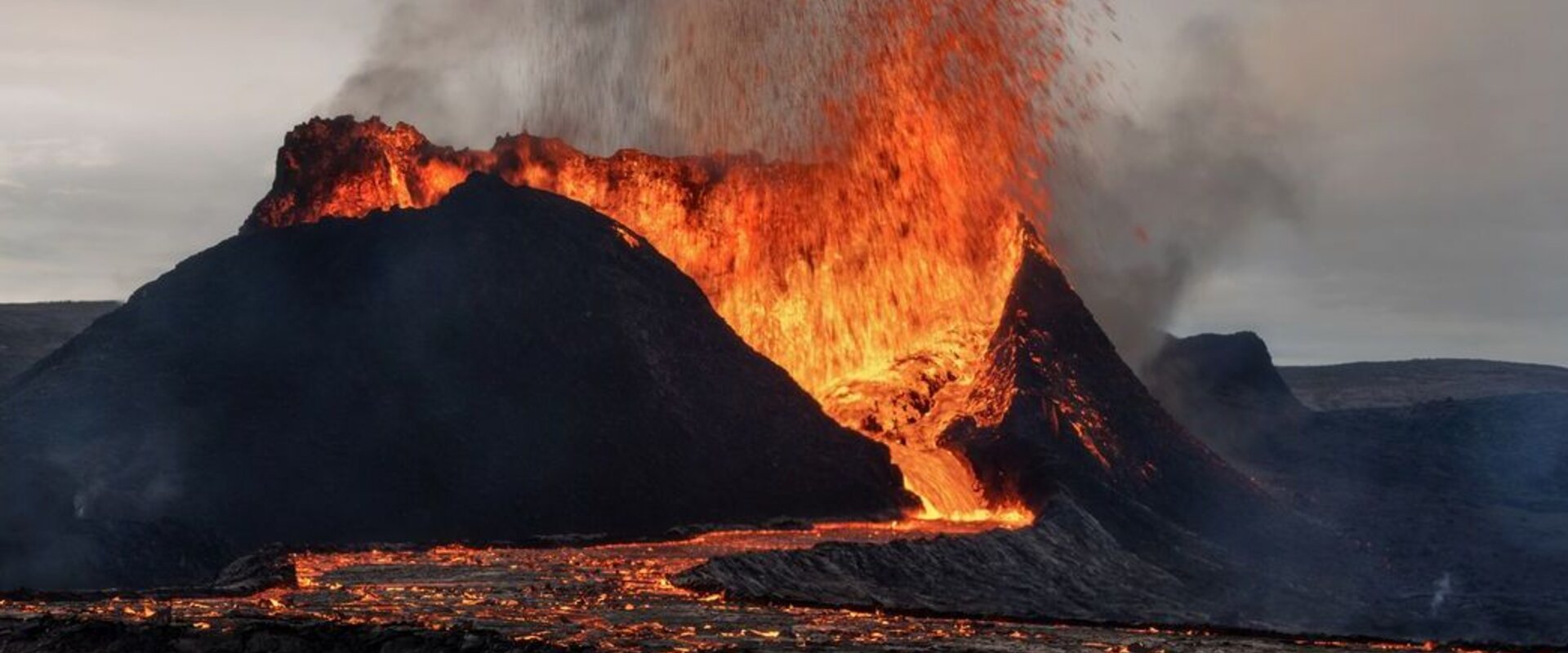
EURO5000: a new baseline for long distance geodetic measurements
Challenge
Geodesists chart changes in the Earth’s surface with high precision using space-geodesic techniques, like the Global Navigation Satellite System (GNSS). In GNSS, orbital satellites send radio waves to receivers on the ground. The time delay between transmission of the signal and reception can be used to determine a position on the Earth’s surface.
To achieve better sensitivity to small changes in the distance measurement typical for tectonic motion, a measurement uncertainty below 1 mm over several kilometres is required. However, signals from satellites are affected by the ionosphere, troposphere and other sources of error, such as the multipath effect - which occurs when satellite signals arrive at the receiver from different directions following different paths. These systematic errors are not controllable and are mostly unknown during the data processing.
To validate survey instrumentation, like electronic distance meters (EDM), and link measurements to the SI, reference baselines are used. Whilst there are many short baselines, such as the 24 m – 864 m Nummela Standard Baseline in Finland, establishing longer baselines has proved problematic due to measurement distortions caused by temperature, pressure or the refractive index of the air.
To provide information on GNSS sources of error, these challenges needed to be overcome and a longer, accurate reference baseline developed.
Solution
During the GeoMetre project five reference pillars at distances of 1, 2, 3, 4 and 5 km were established at the Pieniny Kippen Belt in Poland, chosen due to its tectonic stability.
Measurement campaigns were performed over a 3-year period using dual-frequency geodetic receivers tracking signals for at least two GNSS systems, such as GPS and the European Galileo satellite navigation systems, along with high-end GNSS antennas with absolute calibration. In addition, commercial EDMs were used in conjunction with environmental monitoring of the new baseline to account for atmospheric affects.
The calibrated distances were then verified using a long-distance (5 km) EDM prototype developed in the project, the Arpent Absolute Distance Meter (Arpent ADM), that simultaneously measures two optical path lengths at two different wavelengths that allow for an automatic compensation for temperature and pressure along the beam’s path. A GNSS-Based Distance Meter, developed in an earlier project, was enhanced (GBDM+) to mitigate all relevant sources of error in GNSS, allowing compensation for signal delays due to tropospheric, ionospheric and multipath effects along with their uncertainty determination according to the standards in length metrology.
Impact
A new reference baseline has now been established in Europe, the EURO5000. Allowing measurements up to 5 km, with an uncertainty of less than 1 mm, it is now being used to improve the reliability of the structural monitoring of the Niedzica dam on the Czorsztyn Reservoir in Poland.
As well as its use in the construction of large-scale facilities and deformation monitoring, the baseline can also be used to validate other geodetic instrumentation, such as Satellite Laser Rangers which use lasers to determine the distances between the ground and orbiting satellites or spacecraft. It will also allow the development and testing of new EDMs to be subsequently used to provide increased accuracy in ‘local ties’ that link different measurement systems together at multi-technique observatories, as well as research on the impact of the environment, such as air refractive index, on measurement sensors.
The EURO5000, along with the new tools and methodologies developed in the GeoMetre project, has provided a greater assurance in GNSS surveillance of the Earth’s surface. This will not only allow a more precise monitoring of natural disasters like earthquakes, but it will also provide a greater knowledge on glacial melt and sea level rise caused by climate change.
- Category
- EMPIR,
- Environment,
